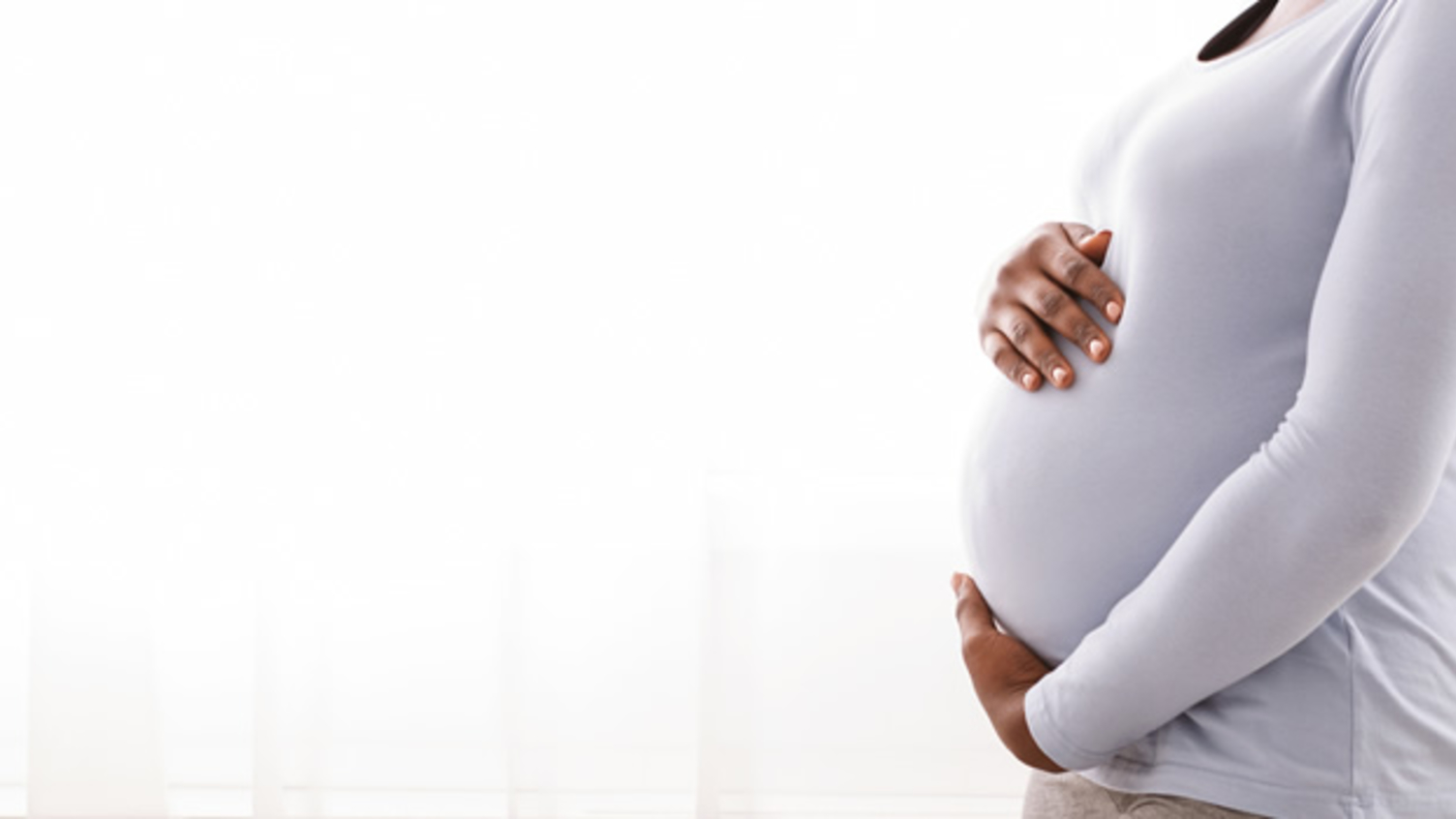Congenital Diaphragmatic Hernia (Australia)

About this Priority Setting Partnership
Congenital Diaphragmatic Hernia (CDH) is a life-threatening condition caused by a baby’s diaphragm not forming properly during pregnancy, meaning abdominal organs can move into the space where the lungs and heart are.
This life-threatening condition affects 1 in every 2,500 babies and is one of the more common congenital birth defects. Australia’s current survival rate for babies diagnosed before birth is 50%.
There is currently no known cause nor cure for CDH.
The Congenital Diaphragmatic Hernia PSP Top 10 was published in June 2024.
Top 10 priorities
- How can we optimise the neurodevelopmental outcomes of survivors of congenital diaphragmatic hernia?
- How does congenital diaphragmatic hernia impact feeding and gut health and how can these outcomes be improved?
- What follow-up and surveillance should patients with congenital diaphragmatic hernia receive (through childhood and adulthood)?
- How can we best support the immediate care (transition) of babies born with congenital diaphragmatic hernia?
- Which infants with congenital diaphragmatic hernia would benefit from ECMO and what is the optimal timing?
- What are the best strategies for managing pulmonary hypertension in congenital diaphragmatic hernia and when should they be used?
- What are the predictors of long-term outcomes in patients with congenital diaphragmatic hernia?
- How can we best support lung growth and function of patients with congenital diaphragmatic hernia during their initial hospital admission?
- What (if any) antenatal interventions improve outcomes?
- What are the long term respiratory outcomes of congenital diaphragmatic hernia?
The following questions were also discussed and put in order of priority at the workshop:
- How does congenital diaphragmatic hernia affect the growth and development of other organs before and after birth?
- How do we best support the mental health and wellbeing of parents and survivors of congenital diaphragmatic hernia?
- How do the lungs of babies with congenital diaphragmatic hernia grow and develop with time?
- Can stem cells improve the growth of the underdeveloped or affected lung in congenital diaphragmatic hernia?
- What are the best antenatal predictors of outcome in congenital diaphragmatic hernia and how are they best measured (e.g MRI, Ultrasound)?
- What is the best way to support the breathing of babies born with congenital diaphragmatic hernia before surgical repair?
- How should follow-up care be best coordinated for patients with congenital diaphragmatic hernia?
- How should labour and delivery best be supported for babies with congenital diaphragmatic hernia?
- What causes or worsens congenital diaphragmatic hernia antenatally?
- How can we optimise sedation and pain relief throughout the patients admission?
- Does choice of inotropic medication to support blood pressure affect outcome for patients with congenital diaphragmatic hernia?